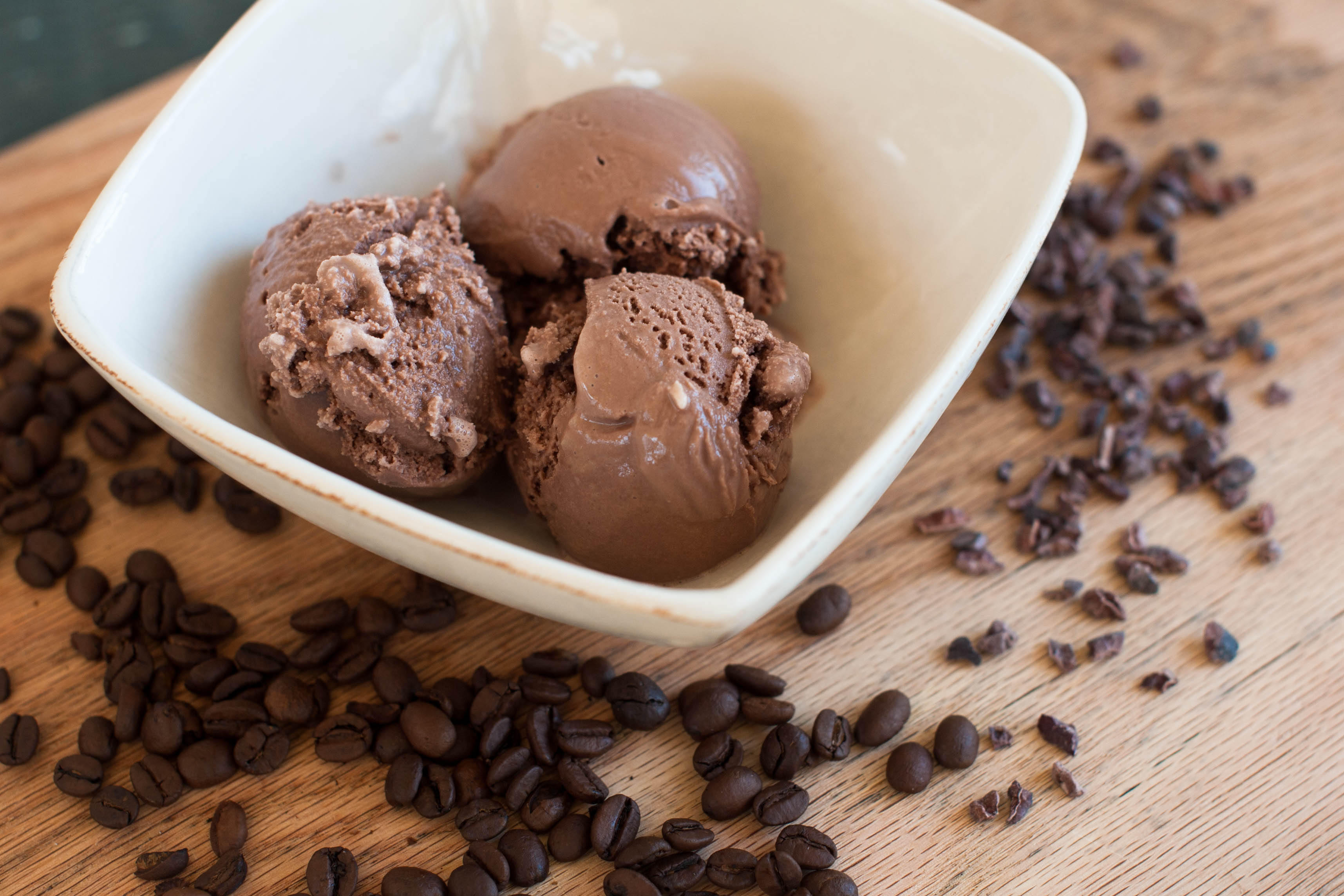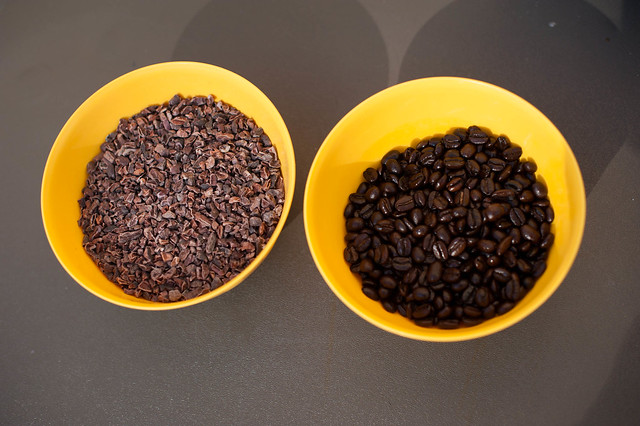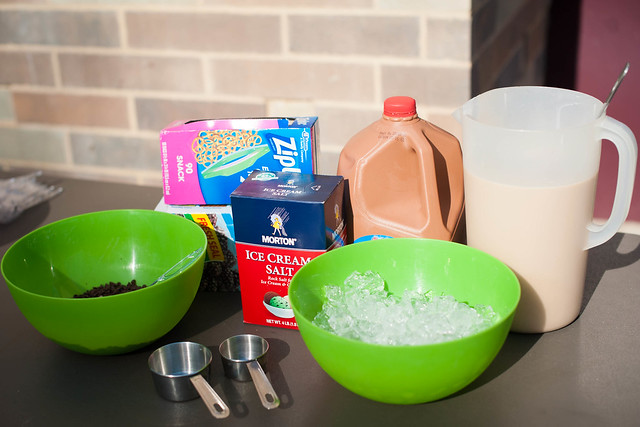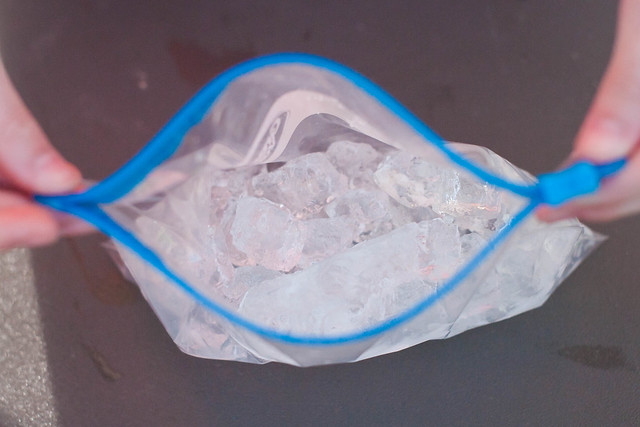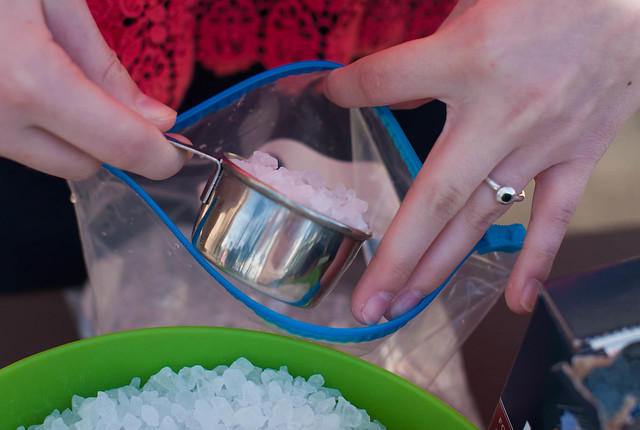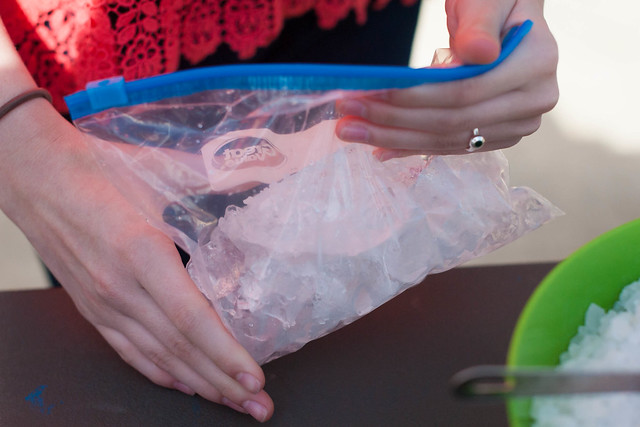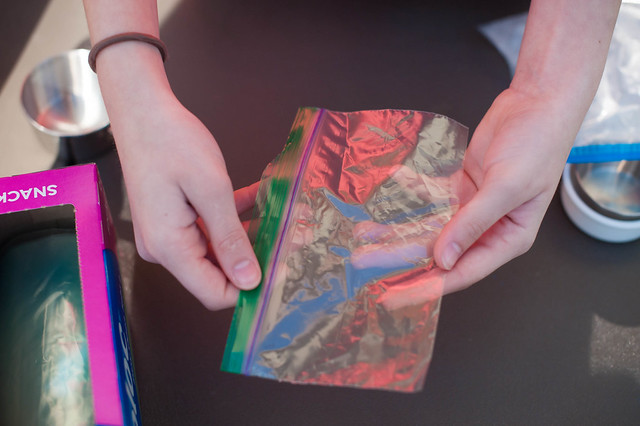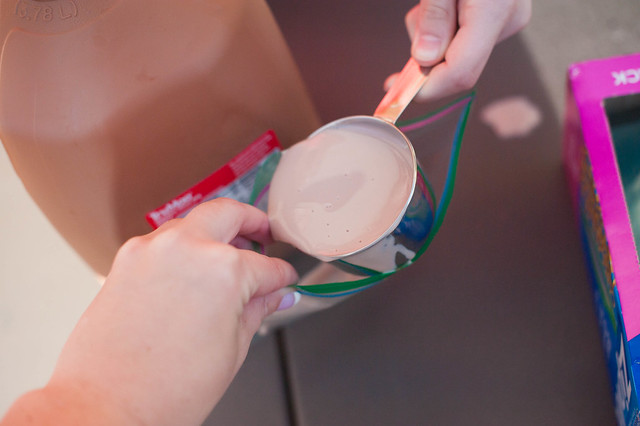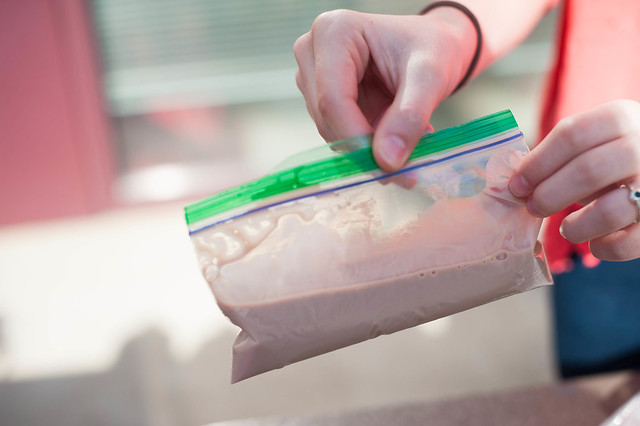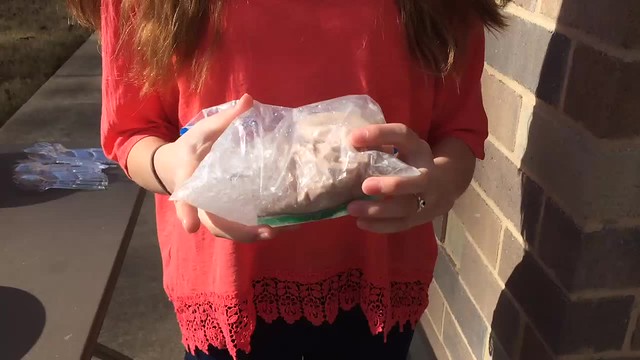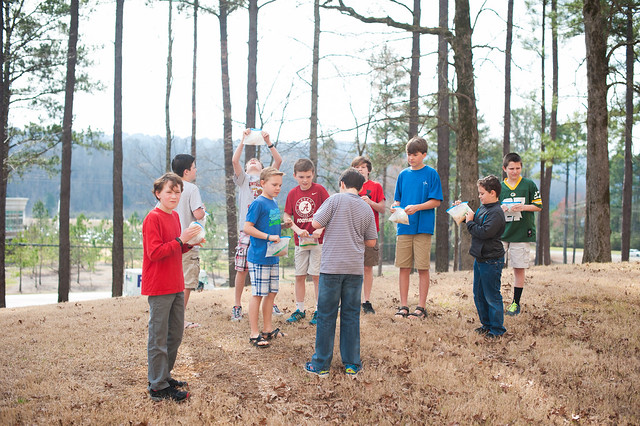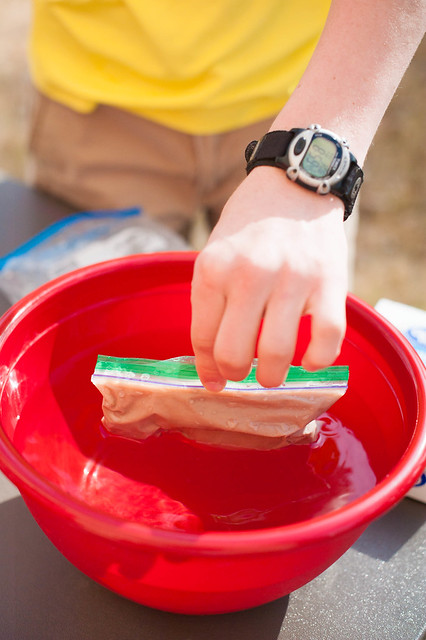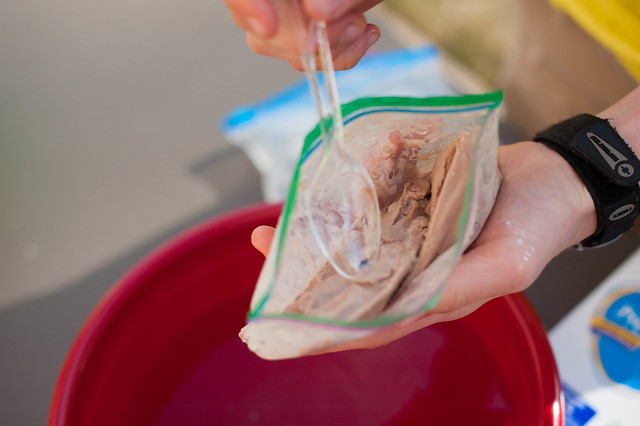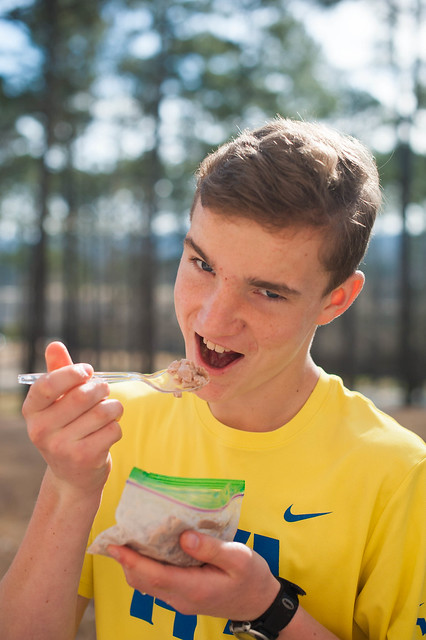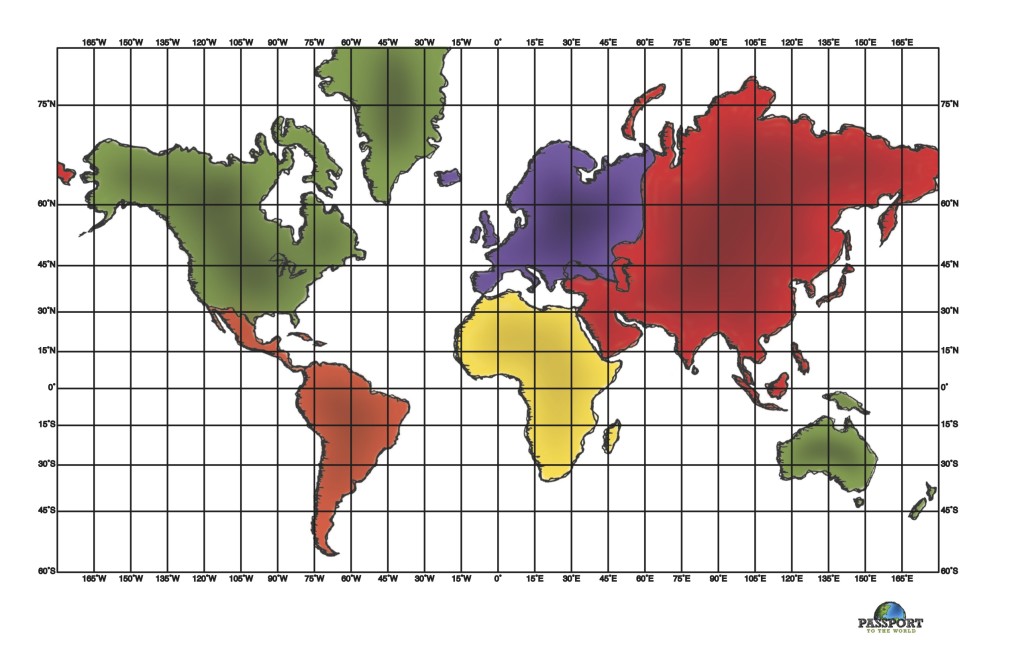If desired, obtain a sample of cacao nibs and coffee beans for students to see, smell, and touch during lesson.
God is our Provider. God has provided Himself, the greatest gift He could have given us, but he also provides for our daily needs. Many times He does this by giving us work or providing a way for us to make a living.
In South America, some people make a living by growing foods most of us consume nearly every day – chocolate and coffee!
Chocolate
Chocolate comes form a tree called a cacao (pronounced ka-KOW) tree. This tree is cultivated in the tropical regions of the world because they require consistent, warm temperatures and high humidity to grow. These areas include Central and South America, West Africa and Indonesia. Specific to our study of South America, cacao trees grow in the Amazon Rainforest, and are cultivated on cacao farms and plantations in Colombia, Ecuador and Brazil, a few of the top producing countries of cacao in the world (see image on Pinterest).
Chocolate is a sweet treat that comes from the beans that grow inside the pods (or fruit) of the cacao tree. These pods are large (they can grow up to 12” long!) and grow along the trunk and central limbs of the tree, which is different from how most fruit grows on trees – at the ends of the branches.
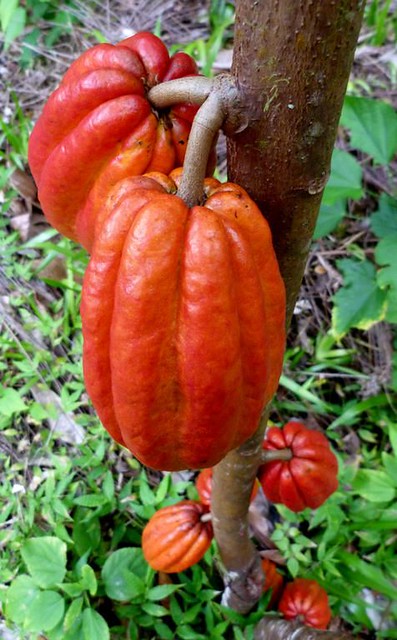
cacao pod | source
Twice each year, cacao farmers harvest the mature pods from the cacao trees. The beans are contained inside a fleshy, white pulp within the pod.
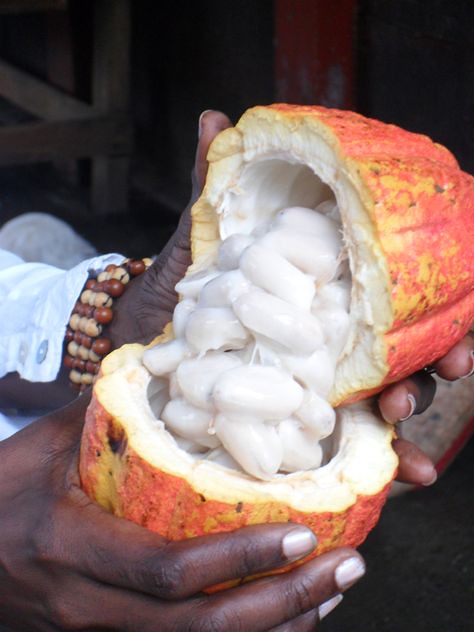
inside of cacao pod | source
The farmers cut open the pods, remove the pulp-covered seeds, place the seeds in boxes or barrels covered with banana leaves and then place them in the sun to dry and ferment. This fermenting process removes the pulp and gives the seeds their aroma. The beans are then placed in large bags and sent to companies that use chocolate to make their products.
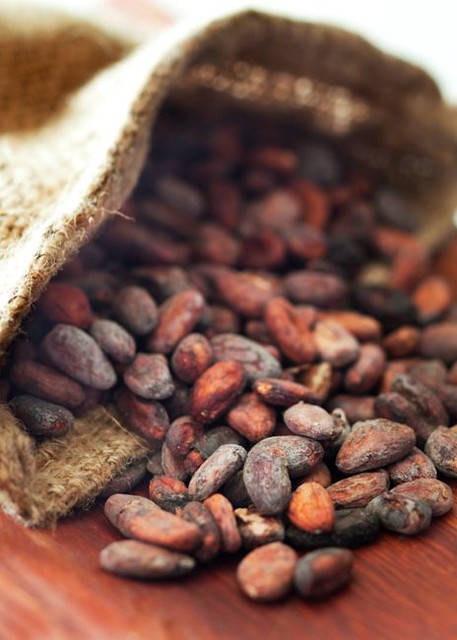
cacao seeds | source
For centuries, chocolate was only used in liquid form to make beverages. However, in 1847, John and Benjamin Cadbury discovered that if they added cocoa butter and sugar to chocolate liquor (ground cacao that is turned into liquid form with the use of heat), they could create chocolate that would stay in a solid form at room temperature! Thus, the first candy bars were invented!
Today, chocolate is made through a complicated process that involves words like roasting, winnowing, conching, and tempering. So next time you eat a chocolate chip cookie or a piece of chocolate cake or a candy bar…. think of the amazing cacao tree in the Amazon Rainforest and the many workers and the incredible process that made it possible!
Allow students to sample cacao nibs.
Coffee
A commodity is a good that is bought or sold, and coffee is the second most traded commodity in the world (oil is #1). As a result, it is estimated that approximately 500 million cups of coffee are drunk around the world every day! That’s a lot of coffee!
Coffee first grew in Ethiopia, but as demand for it increased, more countries began to grow coffee to meet this demand. Today, coffee is grown in 65 countries, most of which lie in the Tropics. Like cacao, this is because coffee plants require consistently warm temperatures (but not too hot) and humidity. They also do better in areas where the sun is filtered, like under larger trees or mountainous areas with cloud cover. Brazil is the largest coffee producer in the world, and combined with the coffee-producing countries of Central and South America, they produce 2/3 of the world’s coffee!
An evergreen plant, coffee keeps its leaves year round. Coffee plants produce a berry that holds the coffee beans.
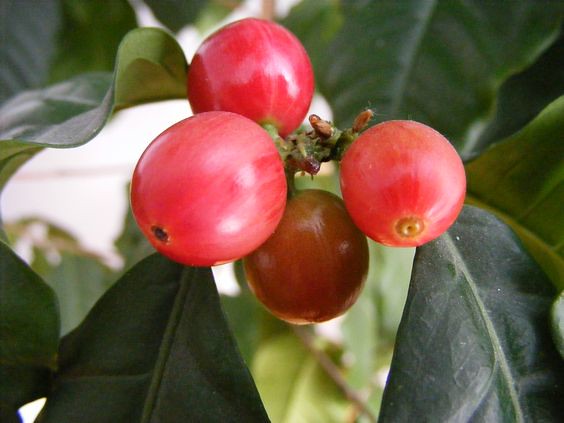
coffee “cherry” | source
Because these berries are red when ripe, they are referred to as “cherries”. These red “cherries” contain a pulp inside. Inside this pulp lie two beans (or seeds) that are covered with a silvery skin. Harvesters know the coffee berries are ripe and ready to be picked when they can squeeze the berry and the seeds pop out.
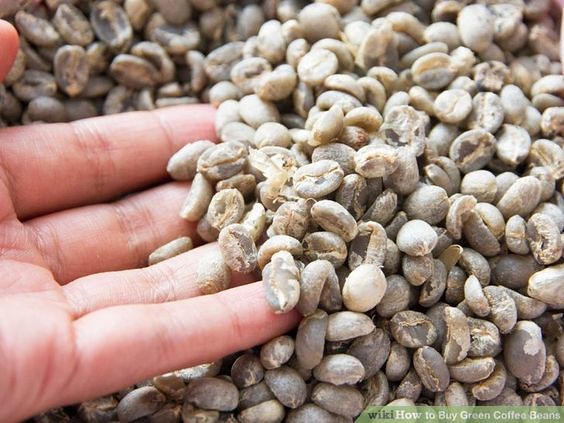
coffee beans covered with silvery skin | source
Pass around the sample of coffee beans and allow students to smell the beans.
Coffee shares a quality with cacao (chocolate) and tea plants: they all contain caffeine, a naturally occurring chemical that can be habit-forming. People around the world drink coffee, in part, for the “boost” they get from drinking it.
Growing, harvesting, shipping, roasting, grinding and brewing are all parts of the coffee-making process that delivers coffee to homes and coffee houses around the world.
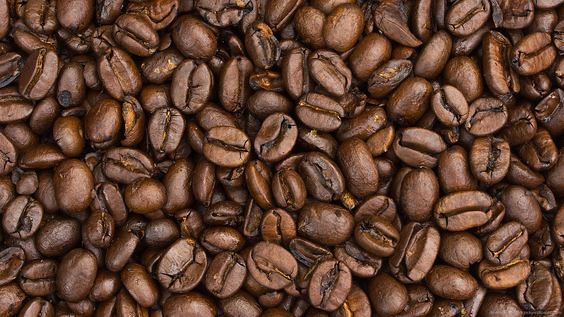
roasted coffee beans | source
Now let’s see what all the fuss is about by making some homemade chocolate or coffee ice cream!
Materials
What you will need (ingredients are per student):
- Quart size bag
- Snack size bag
- Ice – enough to fill quart size bag halfway
- 1/4 cup rock salt
- 1/2 cup CHOCOLATE MILK OR 1/2 cup COFFEE ICE CREAM MIXTURE (see recipe below)
Coffee Ice Cream Mixture (makes 15 – 1/2 cup servings)
- 6 cups whole milk
- 1 1/4 cups sugar
- 4 teaspoons vanilla
- 2 cups strongly brewed coffee (decaf!)
Let coffee cool and then pour sugar and warm coffee in a bowl and stir until dissolved. Add in milk and vanilla. Chill for 2 hours.
Instructions:
Create an assembly line and move through the various steps of the assembly in order.
Step 1: Fill a 1 qt. Ziplock bag halfway with ice.
Add 1/4 c. rock salt and shake bag to mix salt and ice.
Step 2: Choose flavor – chocolate or coffee. Pour 1/2 c. of the chosen flavor into snack-sized Ziplock bag and seal bag.
(Note: if you can find snack bags with an actual zipper, this is preferred. This keeps the ice cream mix in and the salt water out!)
Place this bag inside the larger bag with ice and gently submerge it down until it is covered with the ice.
Step 3: Students should GENTLY shake the ice bag while attempting to keep the ice cream bag submerged. This will take app. 5-10 minutes.
Step 4: Once ice cream is set, use a wet rag or bowl of water to remove salt from the outside of the ice cream bag.
Students can then eat ice cream with a spoon directly from their bag.
Have fun, enjoy, and savor the flavors of the rainforest!

